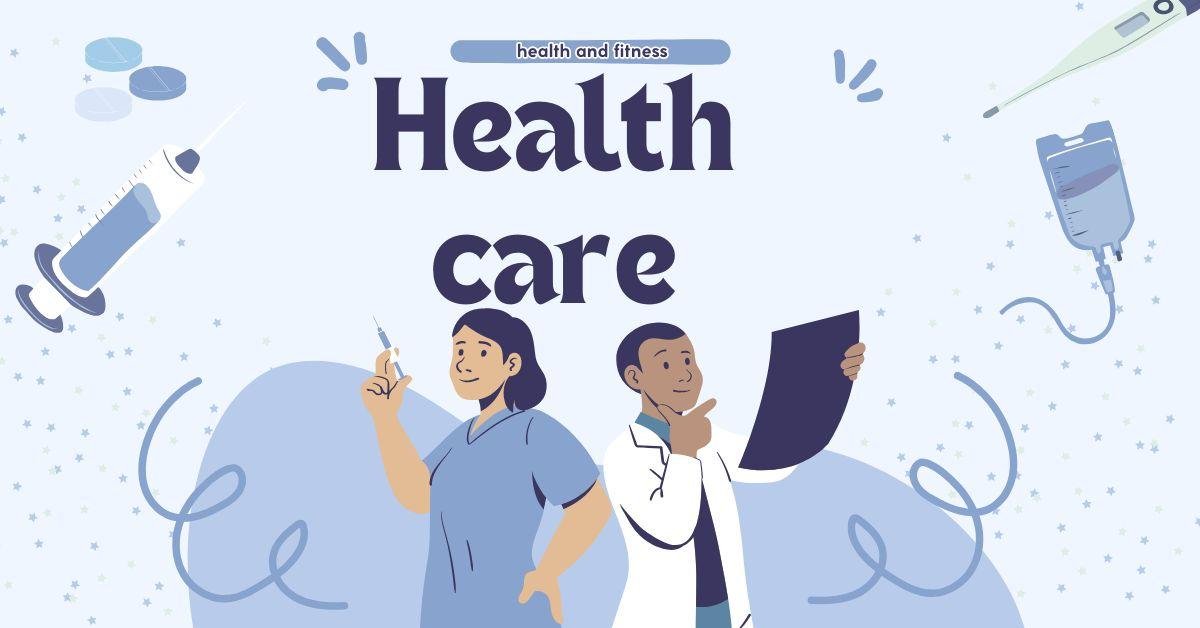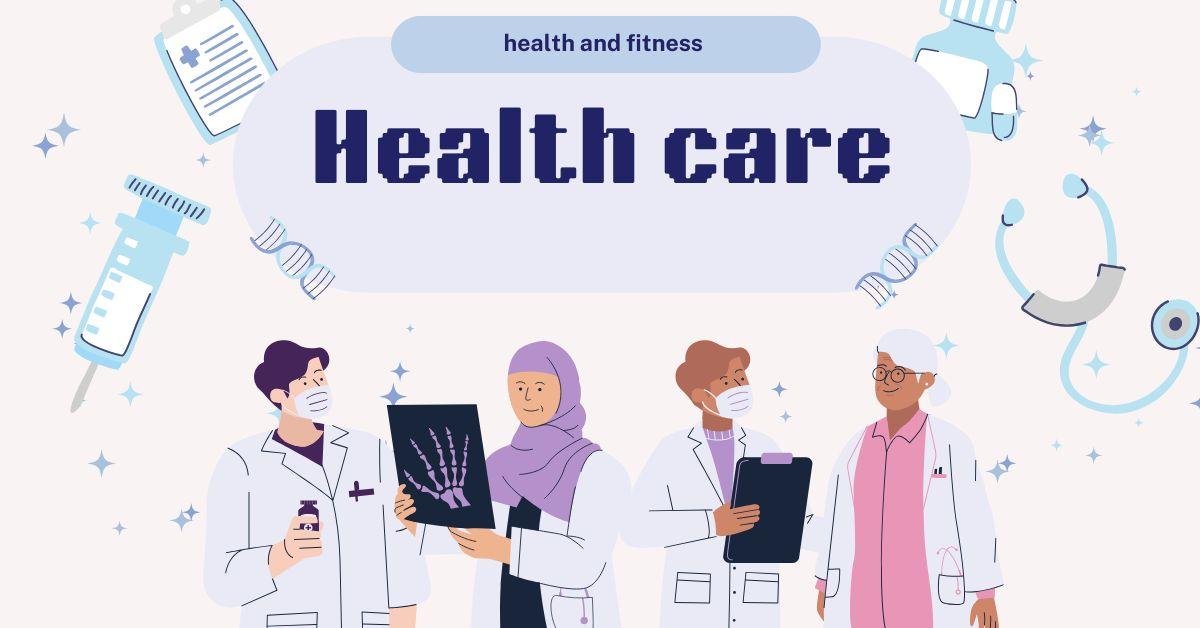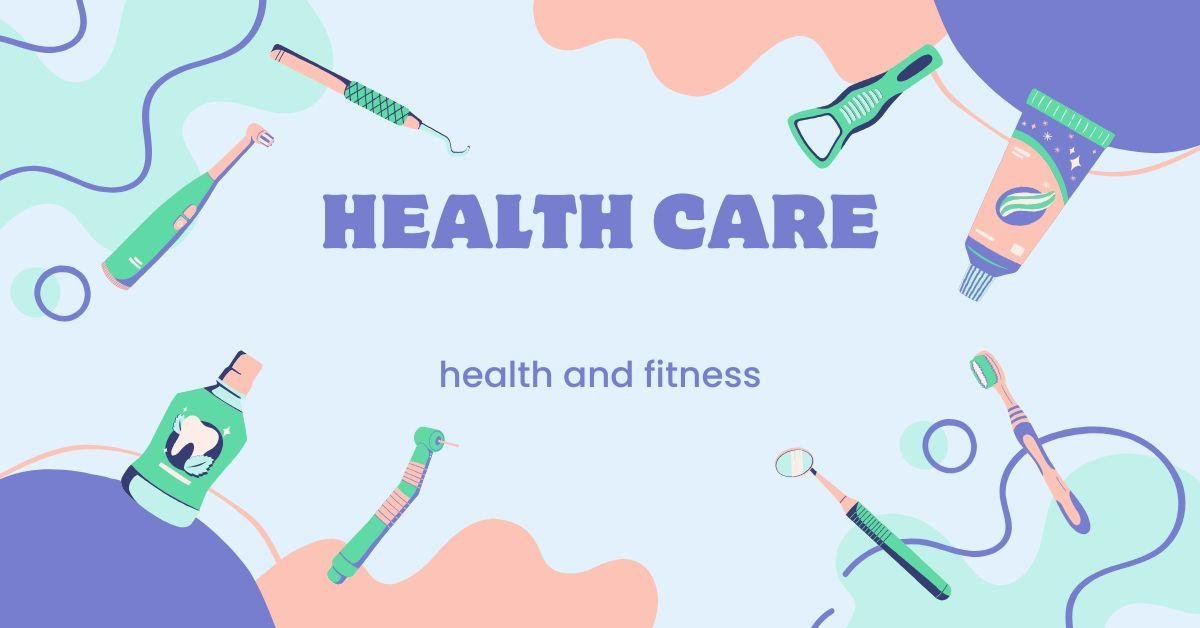Introduction:
The enhancement of health care through the prevention, diagnosis, treatment, amelioration, or cure of disease, illness, injury, and other physical and mental disabilities in humans is known as health care or healthcare. Health professionals and associated health fields provide healthcare. Health care includes occupations such as medicine, dentistry, pharmacy, midwifery, nursing, optometry, audiology, psychology, physical therapy, occupational therapy, athletic training, and more. The phrase encompasses work in public health, tertiary care, primary care, and secondary care.
Due to social and economic factors as well as health policy, access to healthcare may differ among nations, communities, and people. “The timely use of personal health services to achieve the best possible health outcomes” is what it means to provide health care services. When it comes to healthcare access, factors to take into account include financial constraints (like insurance coverage), geographic and logistical obstacles (like extra transportation expenses and the need to take paid time off work to use such services), sociocultural expectations, and personal constraints (like low income, poor health literacy, and difficulty communicating with healthcare providers). The usage of medical services, the effectiveness of treatments, and the overall result (well-being, mortality rates) are all adversely affected by restrictions on health care services.
Organizations created to address the health requirements of certain populations are known as healthcare systems. The World Health Organization (WHO) states that a healthy healthcare system needs a funding source, a workforce that is well-trained and paid, trustworthy data to support policy and decision-making, and well-maintained medical facilities to provide high-quality medications and technologies.

Experts Overview:
The job of medical experts who serve as every patient’s initial point of contact within the healthcare system is referred to as primary care. First-contact, accessible, ongoing, thorough, and coordinated person-centered treatment is supported by the primary care paradigm. A primary care physician, such as a family doctor or general practitioner, would typically be one of these professionals. A licensed independent practitioner, such as a physiotherapist, or a primary care provider who is not a physician, like a physician assistant or nurse practitioner, would be considered another professional. The patient may first see another medical practitioner, like a nurse or pharmacist, depending on the area and structure of the health care system. Patients may be referred for secondary or tertiary care, depending on the type of illness.
A wide range of medical interventions is provided outside of medical facilities. They cover a wide range of public health measures, including condom distribution, food safety monitoring, and needle exchange programs to prevent infectious diseases.
Along with other forms of health and social care services, they also include the assistance of experts in residential and community settings for self-care, home care, long-term care, assisted living, and substance use disorder treatment.
Following limb loss or function loss, community rehabilitation services can help with mobility and independence. Wheelchairs, orthotics, and prostheses might all fall under this category.
Helping seniors live full, independent lives in the comfort of their own homes is one of the healthcare system’s top concerns, as many nations deal with aging populations. In addition to many other activities that are vital to their health and well-being, there is a whole area of health care dedicated to helping seniors with daily tasks at home, such as getting to and from doctor’s visits. Despite working together to provide home care for elderly individuals, family members, and caregivers may have different perspectives and ideals toward their collaborative efforts. The design of ICT (information and communication technology) for home care is made more difficult by the current situation.
Many nations have started providing programs like the Consumer Directed Personal Assistant Program to enable family members to care for their loved ones without giving up their entire income, as statistics reveal that over 80 million Americans have taken time off from their primary employment to care for a loved one.

Health services frequently establish programs in schools to teach children about healthy eating habits, make physical education mandatory, and encourage young adolescents to have a positive self-image because childhood obesity is quickly becoming a serious concern.
Due to social and economic factors as well as health policy, access to healthcare may differ among nations, communities, and people. “The timely use of personal health services to achieve the best possible health outcomes” is what it means to provide health care services. When it comes to healthcare access, factors to take into account include financial constraints (like insurance coverage), geographic and logistical obstacles (like extra transportation expenses and the need to take paid time off work to use such services), sociocultural expectations, and personal constraints (like low income, poor health literacy, and difficulty communicating with healthcare providers). Health care service limitations have a detrimental impact on overall outcomes (well-being, mortality rates), treatment effectiveness, and medical service utilization.
The provision of healthcare services and goods is the focus of multiple industries that make up the healthcare sector. The United Nations’ International Standard Industrial Classification provides a basic foundation for describing the sector by classifying health care as primarily encompassing hospital operations, medical and dental office operations, and “other human health activities.” The final class includes activities conducted by or under the direction of allied health professionals such as nurses, midwives, physiotherapists, pathology clinics, residential health facilities, scientific or diagnostic laboratories, and patient advocates.
Moreover, health care encompasses a wide range of medical equipment, instruments, and services, such as biotechnology, diagnostic laboratories and substances, and drug manufacturing and delivery in accordance with industry and market classifications like the Global Industry Classification Standard and the Industry Classification Benchmark.
For instance, the top high-tech exports from the US and Europe are pharmaceuticals and other medical products. Three-quarters of global biotechnology revenue comes from the US, which leads the biopharmaceutical industry.
The medical model of health, which emphasizes the eradication of illness through diagnosis and effective treatment, is one example of how scientific advancements have enhanced the quantity and quality of numerous healthcare treatments. Health, biomedical, and pharmaceutical research have produced many significant breakthroughs that serve as the foundation for evidence-based medicine and evidence-based practice in the provision of healthcare. When trying to actively incorporate patients in studies, it is crucial to think about who to engage and how to engage them because healthcare research frequently involves direct patient interaction. Although there is not a single best practice, the findings of a systematic review on patient engagement indicate that research techniques for patient selection should be taken care of.
The social model of health and disability, which highlights the societal changes that can be implemented to make people healthier, suggests that health services research can result in more fair and efficient delivery of healthcare interventions. Evidence-based policy in health care systems is frequently based on findings from health services research. Initiatives in the field of artificial intelligence also support health services research by helping to develop health assessment systems that are clinically useful, timely, culturally sensitive, sensitive to change, low-burden, low-cost, integrated into standard procedures, and involve the patient.
One of the main causes of climate change, which is expected to result in considerable morbidity and mortality in the ensuing decades, is health care. Healthcare providers are dedicated to the principle of “first, not harm,” which includes minimizing any unintended negative effects of their practice. Healthcare practitioners can lower their practice’s carbon footprint by implementing the behaviors and practices we have described here, many of which also have financial benefits, including lower utility and equipment expenses. By using these tactics—and, most importantly, by sharing them with patients so that they can use them as well—healthcare providers can encourage a more accessible, healthy, and sustainable way of practicing medicine.
One of the biggest and most significant sectors of any nation is the healthcare sector, which accounts for somewhere between 3 and 18 percent of GDP and is still expanding. It is essential to the economy, population, and general health and well-being, and is a service sector rather than a producing one. Health care is frequently essential to small communities’ economic viability and sense of well-being since it employs a significant number of qualified professionals and a huge number of unskilled workers.
Planning, directing, regulating, organizing, inspiring, and making decisions are all parts of management. It is the utilization of staff and resources to accomplish goals.
As a result, it investigates how resources are used as well as the motivations and roles of those involved, such as the producer or service provider and the client, patient, or consumer. This cannot happen in a vacuum; rather, it is predicated on ongoing information monitoring and dissemination to all stakeholders. From policy to operational management of a production or service system, these functions are applicable at all levels of management. Effective management of health systems is essential to the system’s overall performance as well as that of each department or service. This entails community, provider, and customer satisfaction as well as the efficient use of resources to accomplish goals.
Conclusion
Health care is not essentially a business endeavor; rather, it is a holy and scientific endeavor. The duty to guarantee high standards and high-quality care in healthcare facilities should be upheld by the appropriate authorities. The curriculum should be shaped by the authorities to guarantee that future professionals are trained to improve patient satisfaction. In order to attain complete quality in health care services, HCOs must start a new Quality Movement in order to obtain the necessary momentum. It is the necessity, the difficulty, and the path forward.






